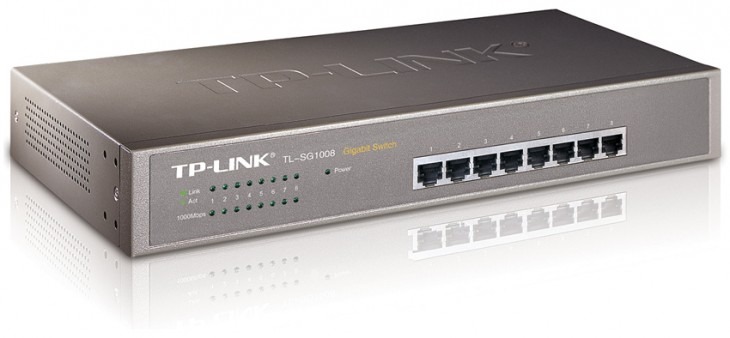
Struggling with mixed Ethernet technologies slowing your network? Learn how autonegotiation ensures seamless communication between devices, optimizing performance.
Key Takeaways
- Autonegotiation enables smooth communication between Ethernet devices with differing speeds (10/100/1000 Mbps) and duplex modes (half/full).
- Devices advertise capabilities and choose the most compatible settings.
- Ensures backward compatibility with older 10Base-T devices.
Question: How does autonegotiation work in Ethernet?
Answer: Autonegotiation is an IEEE standard that allows Ethernet devices to automatically configure themselves for optimal communication. Devices advertise their supported speeds (10/100/1000 Mbps) and duplex modes (half/full) and then choose the most compatible settings they both support. This ensures seamless communication even when connecting devices with different capabilities, and maintains backward compatibility with older 10Base-T devices.
Device Autonegotiation
An Ethernet process of auto-negotiation allows mixed technologies to perform without interference when connected. The IEEE released the auto-negotiation method as a way for devices with different functionality to interact with one another successfully. With auto-negotiating, two connected devices choose common transmission parameters, such as speed or duplex. The devices share information on their capabilities and then choose the transmission mode they can each support that provides optimal performance. In the OSI model, auto-negotiation is implemented as part of the physical layer. The IEEE 802.3 standard defines auto-negotiating for Ethernet over twisted pair cables. The auto-negotiation protocol is mandatory for 1000BASE-T Gigabit Ethernet over twisted pair technology.
802.3 Standard and Auto Negotiating
The 802.3 standard specifies an auto-negotiation algorithm, which was originally called NWay. The standard supports two devices on a 10 Mbps, 100 Mbps, or 1000 Mbps link as they choose between half or full-duplex, with the highest priority configuration taking precedence. The 802.3-based auto-negotiation standard lists mode priorities. It supports disruption-free network additions. If a higher speed network device is added, automatic negotiations will occur between two link ends.
Auto-negotiation Specification and Pulses
The auto-negotiation specification is based on pulses that detect device connections, and Ethernet devices can transmit these pulses. When one device learns the capabilities of another device, the two components can decide on the most favourable operational mode that they both support. The auto-negotiation specification also provides for backward compatibility with 10Base-T. Look to Comms Express for information on device functionality as network additions are planned.
Related Links
NETGEAR Switches Cisco Switches HP Switches tp-link Switches
